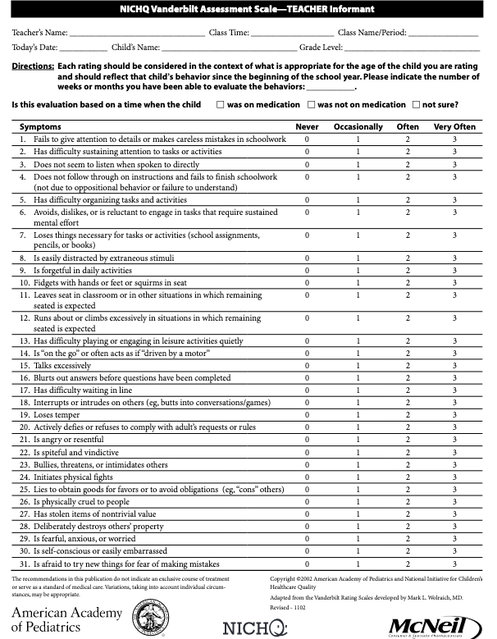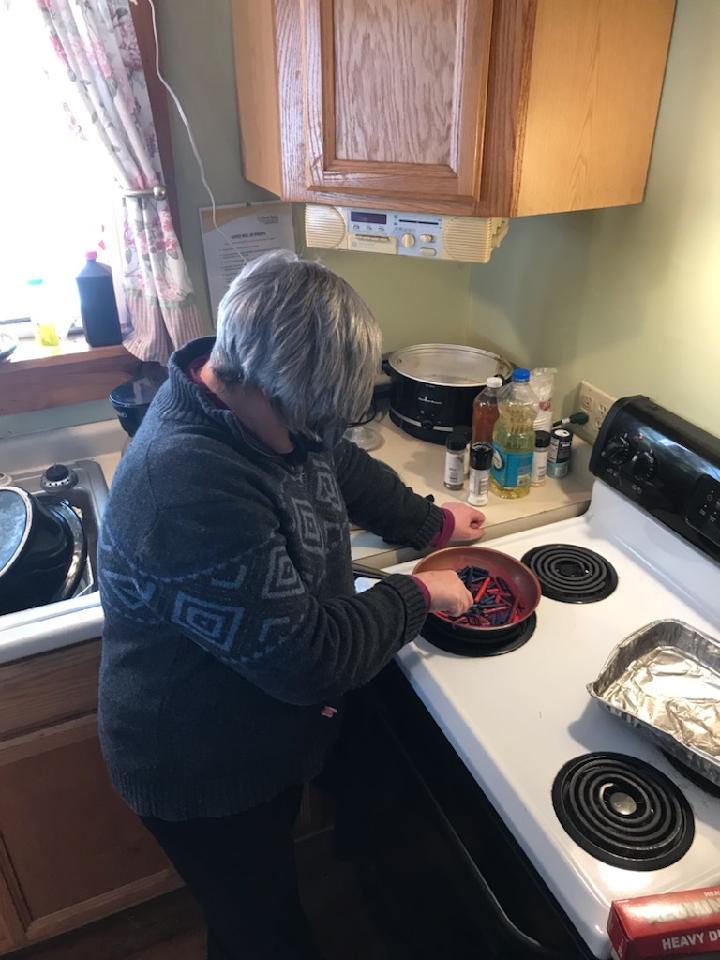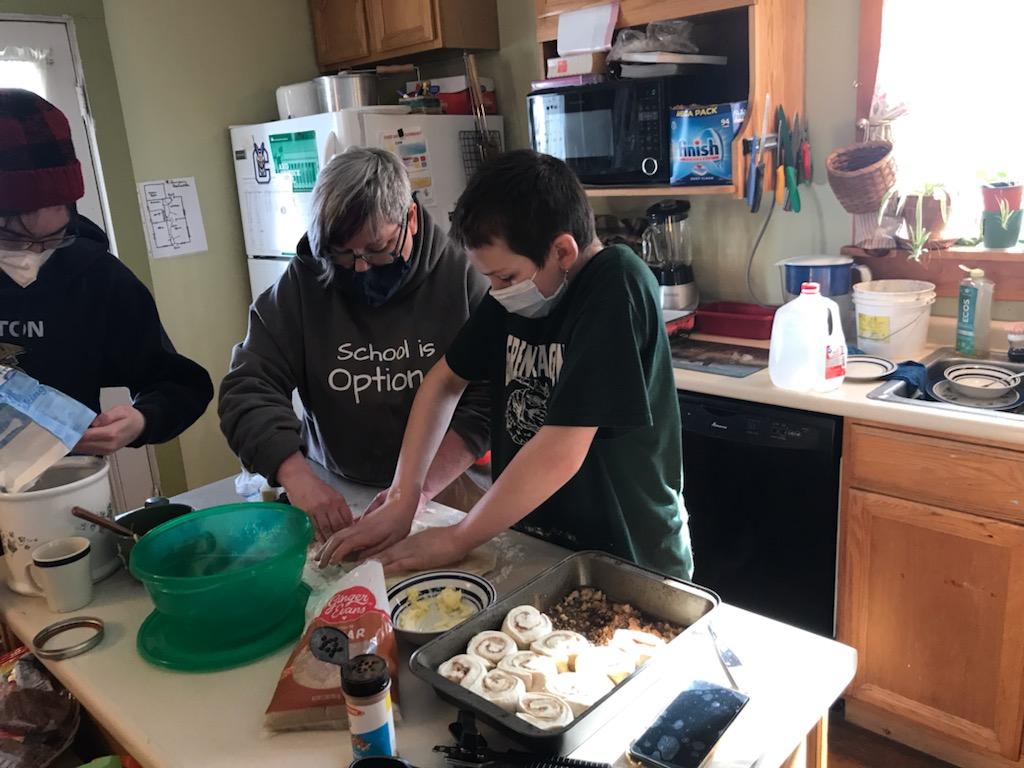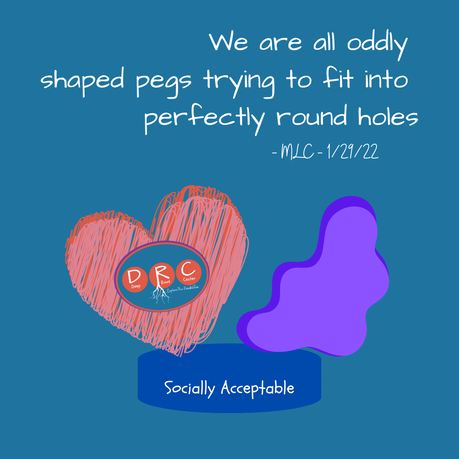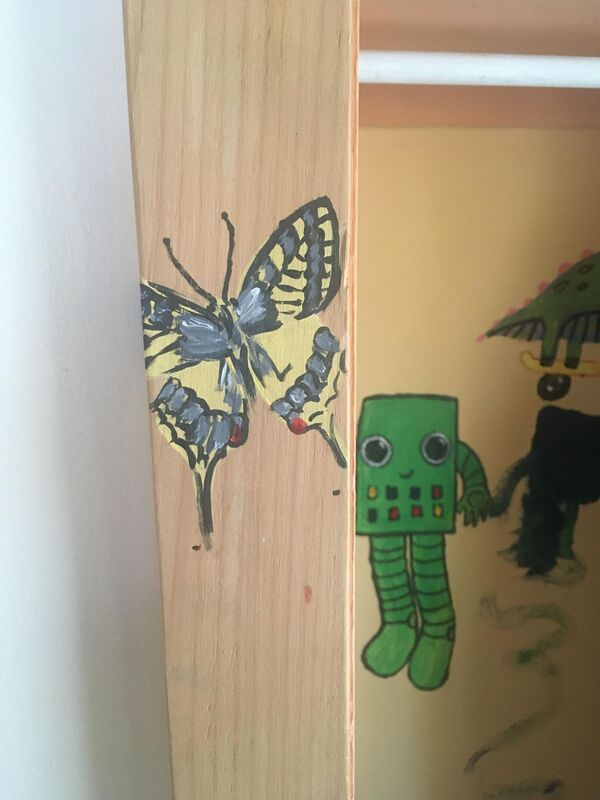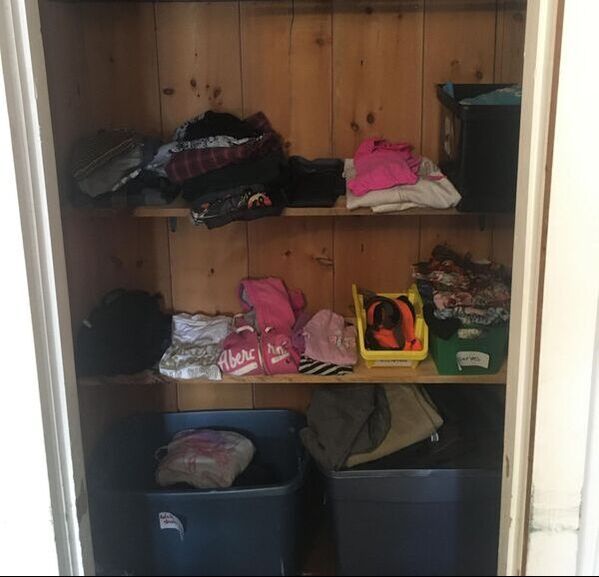|
This past week a mental health provider sent me a Vanderbilt Assessment Scale to fill out for one of our members. Over the nearly twenty years I have worked with kids, I can assure you this is not the first one I have completed when asked (and won't be the last). I fully admit that I filled out the first few without looking at the questions with a critical eye and without considering how my answers would affect the child's life. Then as time passed and I explored and learned more, my personal philosophy shifted dramatically into something closer to self-directed education or SDE - not progressive education (read the Peter Grey Article in the link to decipher the difference). As my foundational beliefs evolved towards the concept of unschooling, I began to scrutinize each item on the assessment and realized that it was, as a whole, crucially biased. Therefore, the data collected by the mental health professional could only be faulty. Any evaluation scale that I have seen - assumes that whatever they are testing for is straight-up bad. Not surprisingly, on this particular scale, I consider at least 85% of the "symptoms" positive traits. The outcomes can only be skewed when the tool you are using is subjective. In the end, the one thing you have learned is the diagnosis. You know very little or nothing about the person you are assessing. How can that, ultimately, be good for them? They, along with anyone in their life, will probably only see the negative connotations of the label first. In this most recent one that I had to fill out, I wrote in "NA" beside most of the items on the list. I refuse to rate a particular behavior as negative - that I consider beneficial. I also wrote a long explanation in the comments section - that may have extended (absolutely did) to the back of the paper. I understand that these type of tools are helpful on some level. No, I am not a mental health professional, and, for that reason, I can't legitimately create a better device. Nonetheless, I challenge the professionals to design them better; without the perceived negative connotation of each item - being rated (or the "disorder" itself). We have so much more knowledge about neurodivergence and the way the brain works than when these tests were first developed. I see the fall-out from the harmful implications - every day. The only way to change how people regard themselves and their potential is to alter the notion that they are in some way broken. As someone who has worked with kids for nearly two decades, I can say that instead of noticing "symptoms," we should be looking for ways to see the whole person - getting to know them in all their breathtaking uniqueness (not compartmentalizing the things we want to fix). Only then can we fully understand them and help guide them into embracing their neurodiversity and all of their pure awesomeness - toward learning and growth. *In this post, I am focusing on the various rating scales that mental health professionals use to diagnose certain disorders. Next week I will talk about exams and other standardized testing tools used to determine the proficiency of students. Weekly Creative Meditation DRC News Thankful for Community Opportunities We are grateful that the Canton Rec. Dept. has created an open skate opportunity for DRC and other homeschooled kids in the community every Tuesday and Thursday at 10 am (except for this coming week because CCS Phys. Ed. classes will be there). DRC kids (Canton and sometimes East) plan on being there every Tuesday morning. Our kids had a great time this past week. Sensory Safe Space As you can see, the Sensory Safe Space at Canton is coming together with an eclectic cast of characters painted on the walls. DRC Gender Clothing Closet
The Social Justice class is also in the process of creating a Gender Clothing Closet in Canton. We have clothing sorted by size, not gender, for any student to borrow for the day or take home for good. The kids would like to open this up to the larger community. As it comes together, stay tuned for DRC Social Media Posts addressing the logistics. Comments are closed.
|
|
© 2024 Whole Learners, Inc. 501(c)3
Deep Root Center
48 Riverside Drive, Canton, NY 13617
315*323*1435/[email protected]
Deep Root Center
48 Riverside Drive, Canton, NY 13617
315*323*1435/[email protected]


